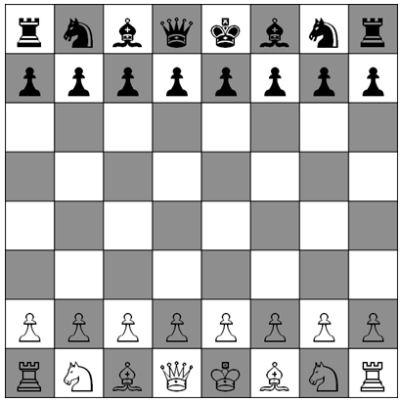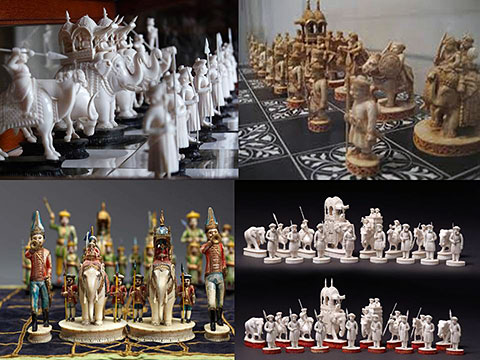International Rules Of Chess In Hindi Pdf
Although FIDE rules were used for international competition under their control, some countries continued to use their own rules internally (Hooper & Whyld 1992:220–21). In 1952 FIDE created the Permanent Commission for the Rules of Chess (also known as the Rules Commission) and published a new edition of the rules. International Federation. The rules of chess (also known as the laws of chess) are rules governing the play Chess is a game played by two people on a chessboard, with sixteen pieces (of Ref: USCF rule changes as of August 2007 (requires registration) or PDF. 19 & 20 December 2014. RULES AND REGULATIONS 7. Medium of communication: English, Marathi & Hindi. Although FIDE rules were used for international competition under their control, some countries continued to use their own rules internally (Hooper & Whyld 1992:220–21). In 1952 FIDE created the Permanent Commission for the Rules of Chess (also known as the Rules Commission) and published a new edition of the rules.
- This article is about regional versions of chess played in India. For ancient Indian chess variants, which are believed to be predecessors of chess by some historians, see chaturanga.

Indian chess is the name given to a variation of chess played in India in the 18th and 19th centuries. The more ancient forms are known as chaturanga, and spread to the west via Persia in the 7th Century. There are several such variations, all quite similar to modern rules, with variants regarding castling, pawn promotion, etc. These variants were popular in India until the 1960s. E2180 motherboard lan drivers free download.

Differences from Western chess[edit]
- The king is always placed to the right of the queen (as opposed to the left for Black).
- When only the king and pawns are left in play, the opponent may not give check, but they can win by stalemate, variants of this include the check being allowed but the capture of last pawn being disallowed (resulting in a draw).
- The two-step initial pawn move is absent in Indian chess; thus, en passant is also absent.
- Normal castling with rook and king is absent. The king can make a knight's move once in a game, known as Indian castling.
- On reaching the opposite end of the board, pawns promote to the piece of that square. If it promotes at the initial king's position, it promotes a queen.
- Underpromotion is not permitted.
- The last piece remaining may not be captured, variants include the capture being allowed if the last piece is not a pawn.
Names of the pieces[edit]
The following table describes one version of Subcontinental chess terminology for the various pieces (including Hindi and Urdu pronunciations):[1]
Chess Rules For Beginners Pdf
| Piece | Standard (English) | Hindi | Urdu |
|---|---|---|---|
| King | king | राजा rājā | بادشاہ bādshāh |
| Vizier/Queen | queen | वज़ीर vazīr / रानी rānī | وزیر vazīr / ملکا malka |
| Elephant | rook | हाथी hāthī | ہاتھی hāthī |
| Horse | knight | घोड़ा ghoṛā | گھوڑا ghoṛā |
| Camel | bishop | ऊंट ū̃ṭ | اونٹھ ū̃ṭ |
| Infantryman/Soldier | pawn | प्यादा pyādā / सैनिक sainik | پیادا pyādā |
See also[edit]
- Chaturaji, four-handed version of chaturanga
References[edit]
Official Rules Of Chess
- ^Cazaux, Jean-Louis. 'Indian Chess Sets'. Another view on Chess: Odyssey of Chess. Retrieved 25 November 2014.